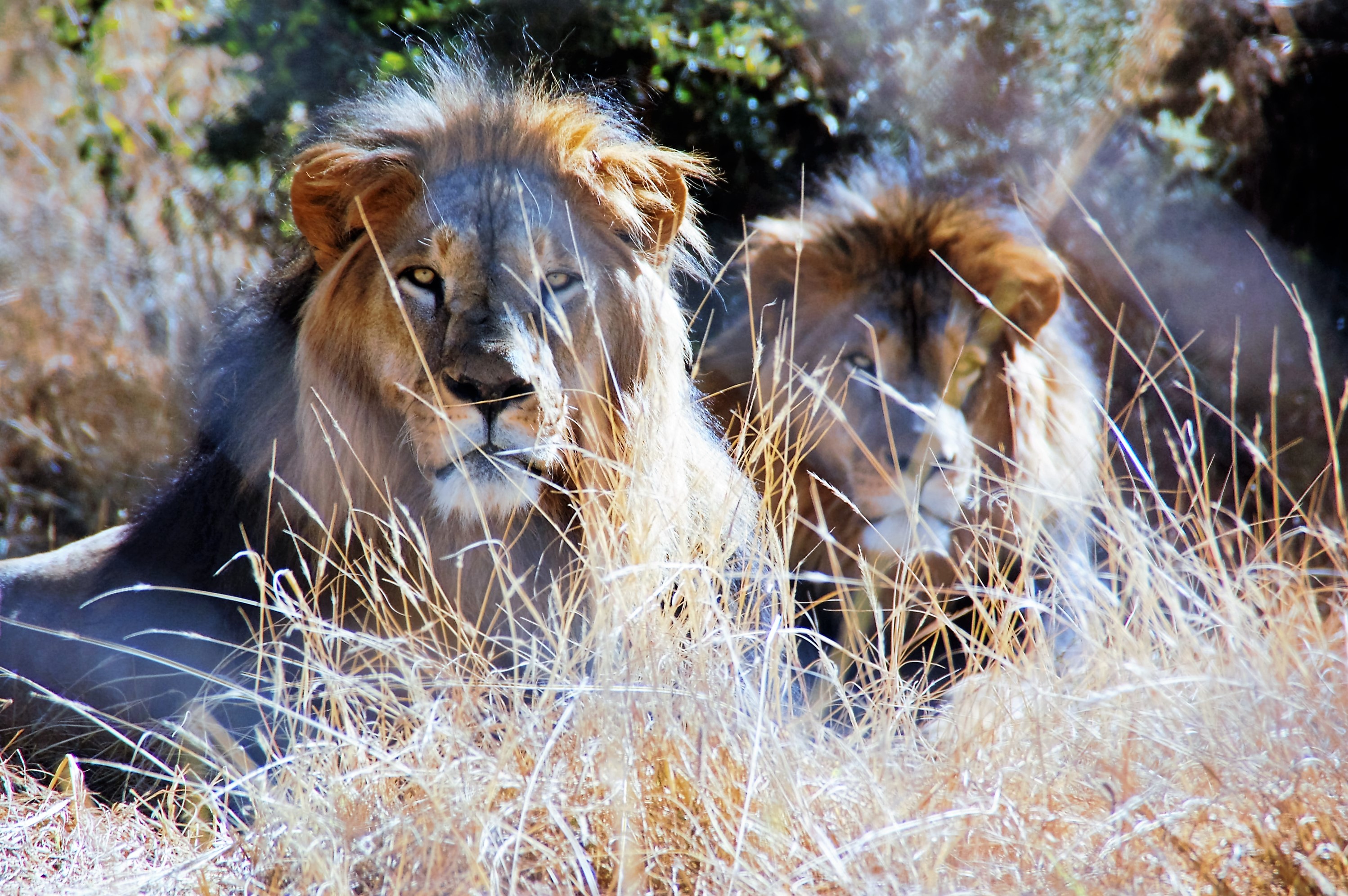A Model Wildlife Rescue Centre in Ethiopia
By Adam M. Roberts and Claudio Sillero
|
Andrea and Janu. Photo credit: Born Free Foundation |
Ethiopia’s mountain massif dominates the Horn of Africa, and due to its strategic position, bears witness to the illegal trade of wild animals to the Arabian Peninsula. The country’s relief, ranging from its green and productive highlands to the scorching Danakil depression, harbors fauna and flora of African and Eurasian origins combined into a remarkable biodiversity, which includes at least 31 endemic mammal species and 23 endemic birds.
Ethiopia’s dwindling wildlife is threatened by unprecedented economic growth over the last two decades and an ever-increasing demand for land from its larger rural population, compounded by the illegal trade of wild animals, which depletes populations and brings suffering and wanton death to individual animals. Many wild animals are kept confined in substandard and cruel conditions for public display or entertainment, or are caught for the pet trade. Others are orphaned or injured.
After 2 decades supporting wildlife conservation in the country, and at the invitation of the Ethiopian Wildlife Conservation Authority (EWCA), Born Free established Ensessakotteh (Amharic for “animal footprint”) – a 77-hectare animal rescue center on the outskirts of Addis Ababa. It has animal rescue, visitor access, and wilderness zones, and is managed as a conservation area. Among the more than 100 animals currently in residence are lions, cheetah, caracals, spotted hyenas, geladas, vervets, duikers, genets, servals, a tawny eagle, a Verreaux’s eagle-owl, and many leopard tortoises. Animals live in large naturalistic enclosures, and are provided with a healthy diet and access to expert veterinary care. Each of these individuals has a sad story, whether rescued from the road-side, from barely legal zoos, or as orphans seized from the pet trade—and all rescued animals are given compassionate care. They often have potential for rehabilitation and release back to the wild, and in the meantime, serve as conservation ambassadors at the Centre, highlighting threats and conservation challenges.
Ethiopia has had a long, heraldic association with lions. Haile Selassie I, Ethiopia's 225th and last emperor, went by the moniker of the lion of Judah; there are lions on all the coins, and even the city buses are called “Anbassa” buses (lion in Amharic). Lions are in trouble across Africa, with populations halving since 1980. Despite the reverence shown for their lions, Ethiopians have nearly extirpated theirs. Only a few hundred survive in relict populations, many requiring rescue and care. Two young orphaned lion cubs came to Ensessakotteh from the Italian Embassy in Addis Ababa. A small lioness cub was chained in a wooden shack in southern Ethiopia; stressed and angry, her front right foot had been damaged when children had thrown rocks at her. Three abandoned lion cubs were found by soldiers in the Bale region; unsure what had happened to the lions' parents, the soldiers captured the cubs. Two of them survived, and, after a year in a cage, they were ultimately transported to Ensessakotteh. But, perhaps the most poignant story of all is that of Dolo: discovered chained by his neck outside a restaurant, mane-less, emaciated, in pain. Rescued and cared for, he has now gained weight, sports a handsome mane, and roars before mealtime. Each of these rescued lions requires lifetime care, but each also tells an important story and gives us a platform to talk about important animal welfare and conservation issues to the people of Ethiopia.
|
Shylo the hyena. Photo credit: Born Free Foundation. |
Spotted hyenas, once widespread in Africa, have arrived to Ensessakotteh from cruel captivity and conflict situations. Matama, our first rescued orphaned hyena, was just six weeks old when he arrived from western Ethiopia, apparently destined for purchase across the border in Sudan, where some people keep hyenas as a sort of magic charm. Faced with the challenge of how to successfully care for a solitary hyena (as they live in large clans), we paired him with a large dog, Nolan. The experiment was a huge success, with both hyena and Mastiff thriving together. Tigeste and Uwerr came from appalling conditions at Haramaya University Zoo, kept in a small, barren concrete cage for years. Tigeste paced back and forth in stereotypic behavior, displaying a nasty untreated head wound. Uwerr is profoundly blind. Perhaps the most significant benefit to the rehabilitation of hyenas in captivity is the opportunity to talk to people about how to coexist with hyenas, given that they live in and around most Ethiopian cities. When a female made her den in a drain pipe in Addis Ababa, people became concerned—and, when she emerged, she was shot. Her cubs were left behind in need of rescue and now reside with us.
The goal of wildlife rescue and rehabilitation efforts should be, whenever possible, to release animals back into the wild. A good example comes from the geladas rescued by Born Free. Geladas are an Old World monkey found only in the Ethiopian Highlands, and they are unique amongst primates in that they feed almost exclusively on grass. Historically hunted for their pelts, geladas raid crops and are thus persecuted, and are occasionally caught to be sold or kept as pets.
Born Free aims to further the welfare and conservation of geladas by returning confiscated animals back to the wild whenever possible. We rehabilitate and release physically fit and socially adjusted wild-born geladas back to a life in the wild, and we monitor their movements and behaviors to assess success. In doing so, we offer some level of protection, increase awareness, and appeal to the Ethiopians’ pride in their endemic wildlife.
Adam M. Roberts is the CEO of Born Free Foundation / Born Free USA and Claudio Sillero is Head of Conservation at the Born Free Foundation.

